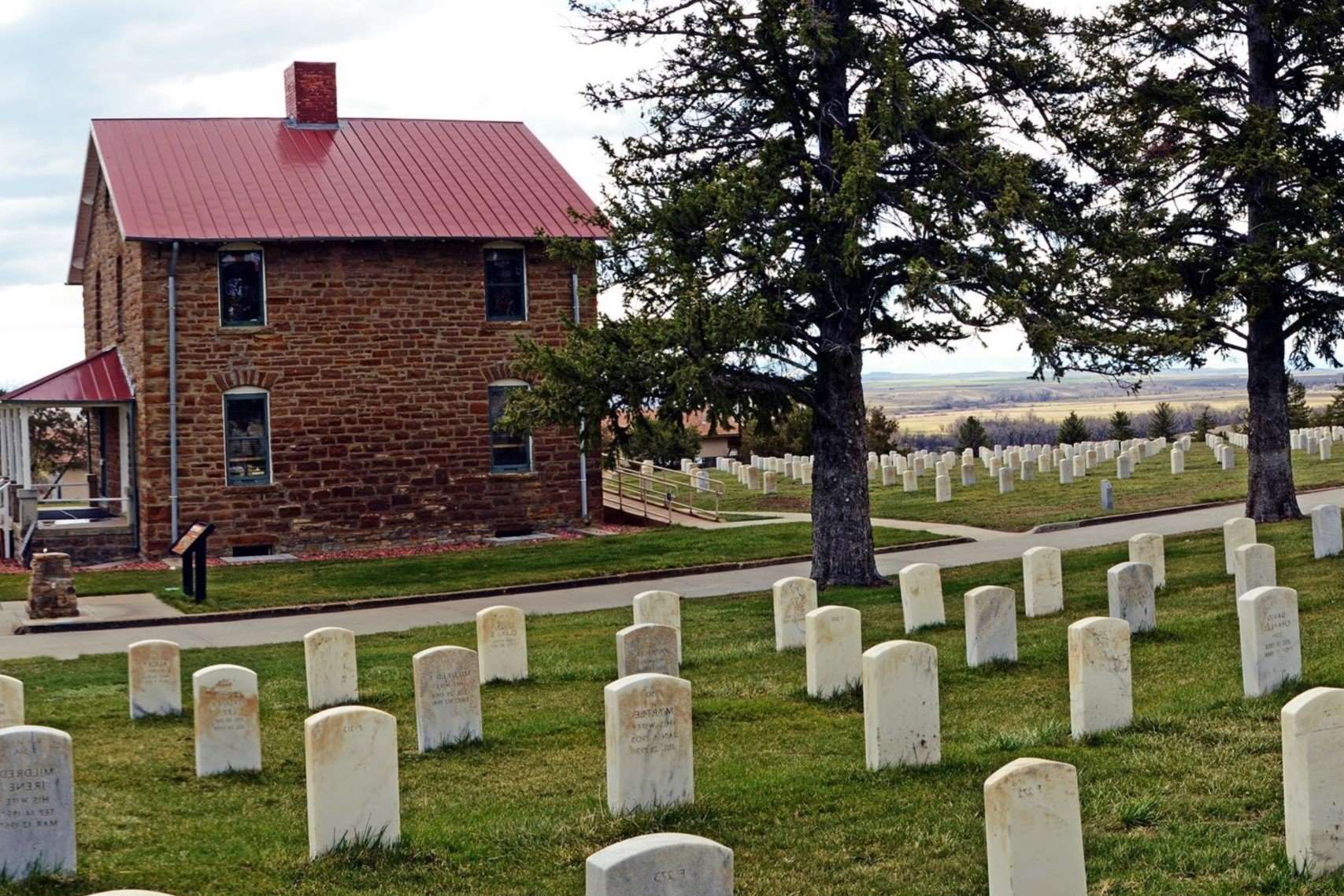Mystery Of Montana’s Little Bighorn Battlefield

Have you ever wondered about the history behind Montana's Little Bighorn Battlefield? This historic site marks the location of the famous Battle of the Little Bighorn, where General Custer and his troops faced off against Lakota Sioux and Cheyenne warriors. Visiting this battlefield offers a chance to step back in time and understand the events that shaped American history. You'll find monuments, informative plaques, and a visitor center with exhibits detailing the battle. Whether you're a history buff or just curious, the Little Bighorn Battlefield provides a fascinating glimpse into the past. Ready to learn more about this iconic site? Let's dive in!
Exploring the Little Bighorn Battlefield
The Little Bighorn Battlefield in Montana holds a significant place in American history. This site, where the infamous Battle of the Little Bighorn took place, offers a unique glimpse into the past. Visitors can explore various landmarks and learn about the events that unfolded here.
Custer National Cemetery
The Custer National Cemetery is a solemn place where many soldiers who fought in the Battle of the Little Bighorn are buried. Walking through the cemetery, one can feel the weight of history and pay respects to those who lost their lives.
- Graves of Soldiers: The cemetery contains the graves of soldiers from various conflicts, including the Battle of the Little Bighorn. Each headstone tells a story of bravery and sacrifice.
- Memorial Markers: Memorial markers throughout the cemetery provide information about the soldiers and their roles in the battle.
- Peaceful Setting: The serene environment of the cemetery offers a place for reflection and remembrance.
Last Stand Hill
Last Stand Hill is the site where Lt. Col. George Armstrong Custer and his men made their final stand. This area is a focal point for visitors wanting to understand the battle's climax.
- Custer's Marker: A white marble marker indicates the spot where Custer fell. This marker is a poignant reminder of the battle's intensity.
- Surrounding Markers: Numerous markers around Last Stand Hill show where other soldiers fell, providing a sense of the battle's scale.
- Panoramic Views: The hill offers panoramic views of the battlefield, helping visitors visualize the events that took place.
Indian Memorial
The Indian Memorial honors the Native American warriors who fought in the Battle of the Little Bighorn. This memorial provides a balanced perspective on the conflict.
- Spirit Warriors Sculpture: A striking sculpture called "Spirit Warriors" stands at the center of the memorial, symbolizing the Native American fighters.
- Circle of Honor: The Circle of Honor lists the names of the Native American warriors who participated in the battle, acknowledging their bravery.
- Interpretive Panels: Panels around the memorial offer insights into the Native American perspective of the battle.
Reno-Benteen Defense Site
The Reno-Benteen Defense Site marks the location where Major Marcus Reno and Captain Frederick Benteen's troops made a defensive stand. This site highlights another crucial aspect of the battle.
- Defensive Positions: Visitors can see the positions where Reno and Benteen's men held off the Native American forces.
- Markers and Monuments: Various markers and monuments provide details about the defense and the soldiers involved.
- Strategic Importance: The site's strategic importance becomes evident when exploring the terrain and understanding the battle tactics used.
Deep Ravine Trail
The Deep Ravine Trail offers a chance to walk in the footsteps of history. This trail leads to a significant location where many soldiers met their fate.
- Trail Markers: Markers along the trail provide information about the events that occurred in the ravine.
- Historical Significance: The trail's historical significance is palpable, making it a must-visit for history enthusiasts.
- Scenic Walk: The trail also offers a scenic walk through the battlefield, combining natural beauty with historical exploration.
Visitor Center and Museum
The Visitor Center and Museum at the Little Bighorn Battlefield provide an educational experience for all ages. Exhibits and displays offer a comprehensive understanding of the battle.
- Exhibits: The museum features exhibits on the battle, including artifacts, weapons, and personal items from soldiers and Native American warriors.
- Educational Programs: Educational programs and presentations help visitors learn more about the battle's context and significance.
- Gift Shop: The gift shop offers books, souvenirs, and other items related to the Battle of the Little Bighorn, allowing visitors to take a piece of history home.
Montana's Little Bighorn Battlefield Awaits
Montana's Little Bighorn Battlefield offers a unique glimpse into American history. Visiting this site, you can feel the weight of the past and understand the significance of the events that took place. The battlefield stands as a testament to the bravery and struggles of both the Native American tribes and the U.S. Cavalry. Exploring the area, you’ll find monuments, markers, and a visitor center that provide valuable insights into the Battle of Little Bighorn.
Planning a trip here means stepping back in time and gaining a deeper appreciation for the complexities of history. Whether you're a history buff or just curious, this destination promises a memorable experience. So pack your bags, grab your camera, and get ready to uncover the stories that shaped a nation. Montana's Little Bighorn Battlefield is waiting for you.

